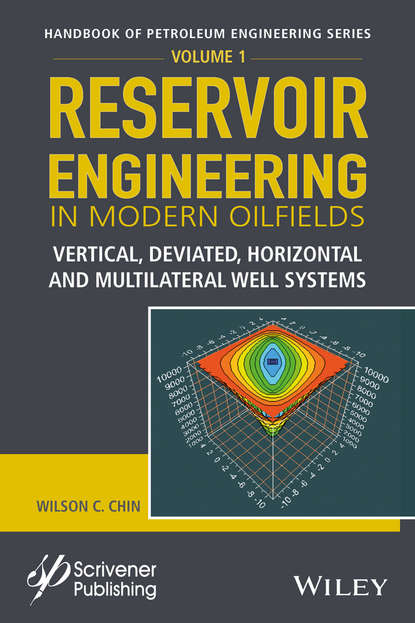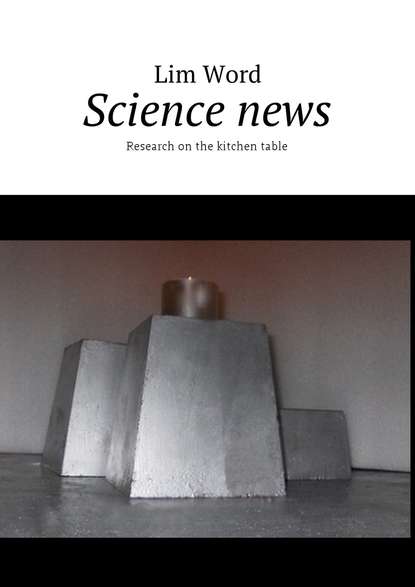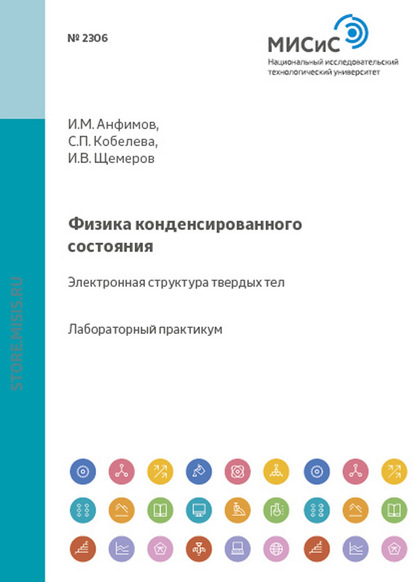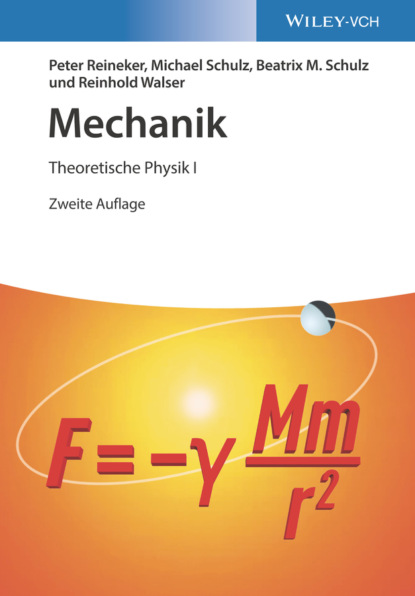Книга "Reservoir Engineering in Modern Oilfields" описывает сложные процессы, связанные с моделированием и проектированием нефтяных месторождений. Реальные нефтяные резервуары являются многослойными, гетерогенными и анизотропными, подверженными воздействию воды и газа, разломов, барьеров и трещин. Они добываются системами вертикальных, наклонных, горизонтальных и многозабойных скважин, чьи местоположения, размеры, формы и топологии определяются нефтяными инженерами на месте. Все эти процессы могут быть моделированы с помощью быстрых, стабильных и точных вычислительных моделей, разработанных за последние два десятилетия. Автор книги разработал новые технологии для решения этих проблем, используя множество примеров, выполненных с помощью современного симулятора, который можно приобрести по отдельности за разумную цену и использовать на простых компьютерах. Книга описывает рабочие процессы, разработанные на основе опыта практикующего инженера-резервуарщика, которые включены в «интеллектуальные меню», делающие понимание принципов симуляции и чтение пользовательских руководств ненужным. Новые методы являются строгими, проверенными и хорошо задокументированными и теперь доступны для широкого применения в нефтяной промышленности. Книга представляет собой ценный ресурс для инженеров-резервуарщиков, занимающихся проектированием и моделированием нефтяных месторождений.
Электронная Книга «Reservoir Engineering in Modern Oilfields» написана автором Wilson Chin C. в году.
Минимальный возраст читателя: 0
Язык: Английский
ISBN: 9781119284604
Описание книги от Wilson Chin C.
Real-world reservoirs are layered, heterogeneous and anisotropic, exposed to water and gas drives, faults, barriers and fractures. They are produced by systems of vertical, deviated, horizontal and multilateral wells whose locations, sizes, shapes and topologies are dictated «on the fly, at random»by petroleum engineers and drillers at well sites. Wells may be pressure or rate-constrained, with these roles re-assigned during simulation with older laterals shut-in, newer wells drilled and brought on stream, and so on. And all are subject to steady and transient production, each satisfying different physical and mathematical laws, making reservoir simulation an art difficult to master and introducing numerous barriers to entry. All of these important processes can now be simulated in any order using rapid, stable and accurate computational models developed over two decades. And what if it were further possible to sketch complicated geologies and lithologies, plus equally complex systems of general wells, layer-by-layer using Windows Notepad? And with no prior reservoir simulation experience and only passing exposure to reservoir engineering principles? Have the user press «Simulate,» and literally, within minutes, produce complicated field-wide results, production forecasts, and detailed three-dimensional color pressure plots from integrated graphics algorithms? Developed over years of research, this possibility has become reality. The author, an M.I.T. trained scientist who has authored fifteen original research books, over a hundred papers and forty patents, winner of a prestigious British Petroleum Chairman's Innovation Award in reservoir engineering and a record five awards from the United States Department of Energy, has delivered just such a product, making real-time planning at the well-site simple and practical. Workflows developed from experience as a practicing reservoir engineer are incorporated into «intelligent menus» that make in-depth understanding of simulation principles and readings of user manuals unnecessary. This volume describes new technology for down-to-earth problems using numerous examples performed with our state-of-the-art simulator, one that is available separately at affordable cost and requiring only simple Intel Core i5 computers without specialized graphics boards. The new methods are rigorous, validated and well-documented and are now available for broad petroleum industry application.



















